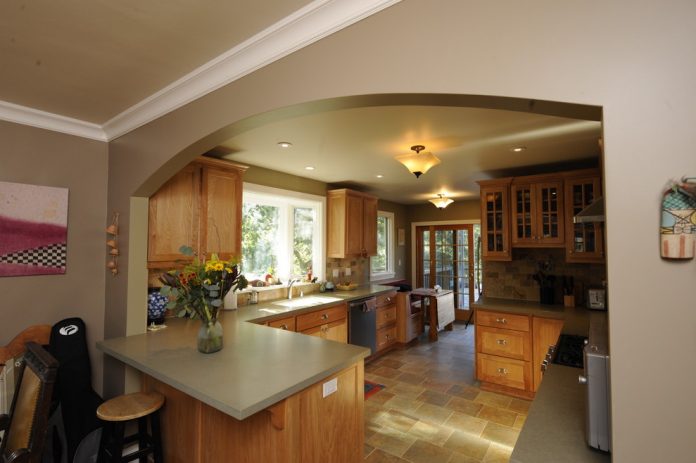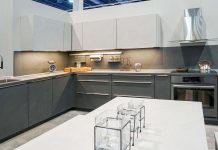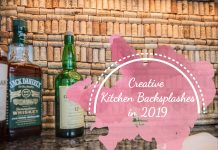Table of Contents
What your choice of wood says to the world
If you’re about to get new kitchen cabinets, do you have an idea of what type of wood you hope to choose? Most people don’t have a preference because they are not entirely familiar with the options. There is a wide range of materials and wood grains to pick from. We’ve dissected the elements of the most common wood species, and offered insight as to how the choice of cabinet wood reflects on you…
1. Cherry
You may be seen as someone of certain financial stature and class if you choose Cherry wood. It is considered to be quite elegant, thanks in part to its color but also due to its cost. It’s one of the more expensive wood species.
With its distinctive flowing grain pattern, Cherry is a hardwood that is both rich and multi colored. It varies from hues of pink and brown to random shades of gray, green, white all the way to a dark red/brown. It has the unique ability to darken somewhat and ‘mellow’ with age, particularly behind the satin and lighter stained finishes. Such changes are a reaction to light exposure. It’s a quick aging process that actually occurs over the first six months after installation. It is considered a benefit of hardwood cherry, as it is a truly special transformation.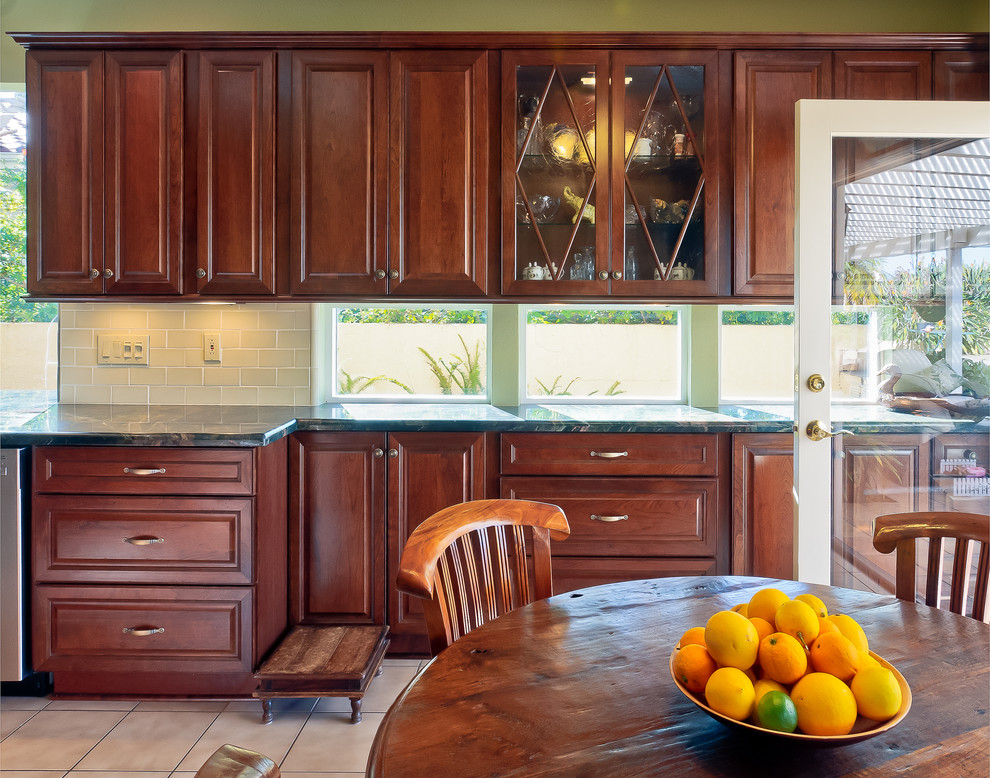
2. Birch
You could be seen as someone who respects value and durability if you have chosen products made of Birch for your home. It is a versatile wood, ranging from refined to casual.
A medium density hardwood, natural Birch features a fine tight-grain pattern. Scattered throughout the surface are random tiny tick marks. It is a heavy wood that hails primarily from the Northeast U.S. and Canada. It is predominantly sapwood in color, white to creamy yellow while the heartwood varies from medium, dark or reddish brown. The latter is the range that takes to staining best.
3. Alder
You are a person who values style and feel over durability. Alder is a great value with a great look, appearing to be of high quality but not nearly costing as much as the finer hardwoods.
With a natural color of light brown (and a hint of red) Alder stains evenly. It features a straight grain pattern as well as an even texture. It’s one of the softer hardwoods and therefore may be susceptible to dents or scratches. It is such surface elasticity that makes intricate carvings upon it possible. It is a quite popular wood, second only to Oak as the most commonly used.
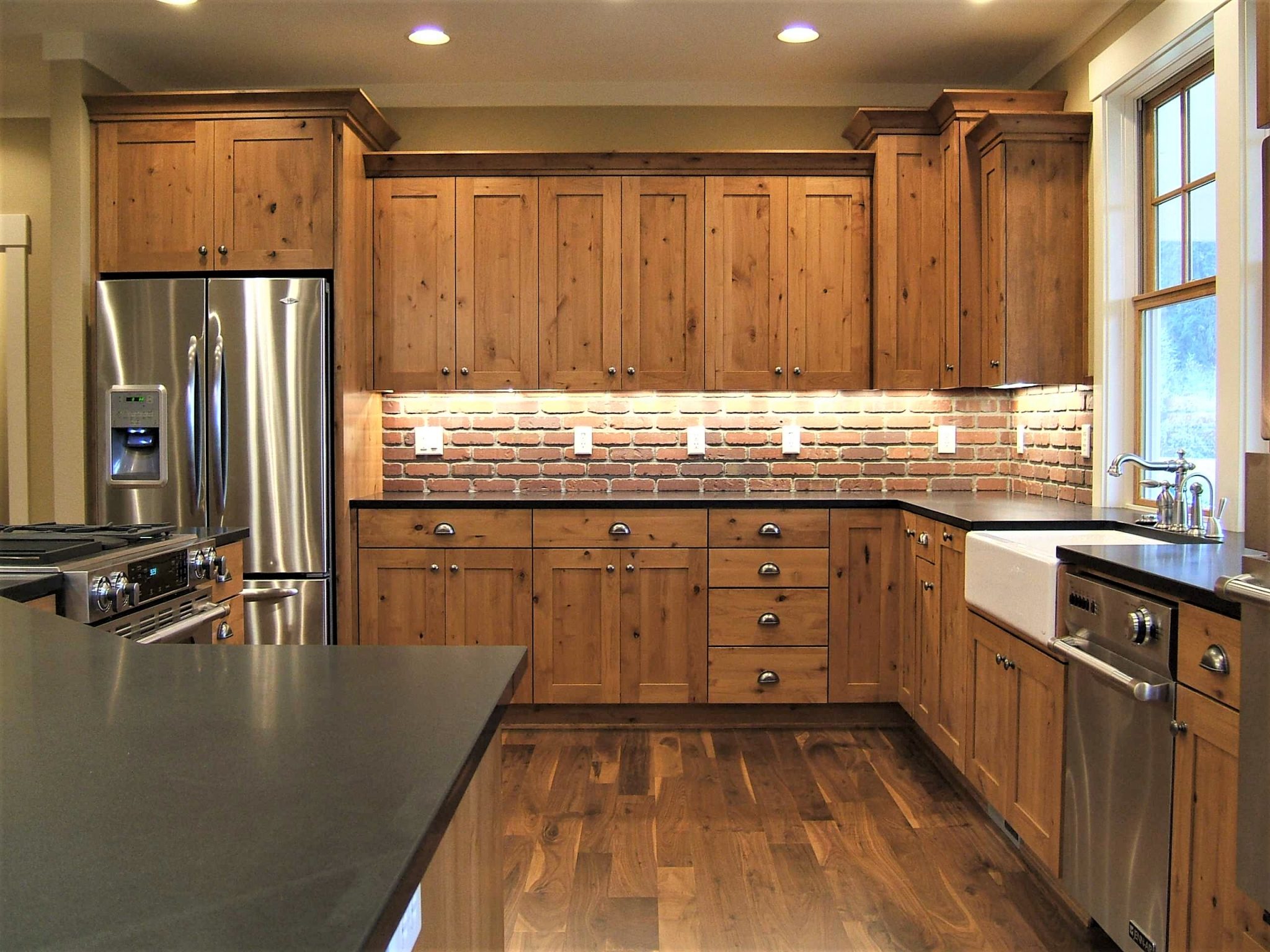
4. Hickory
You are an admirer of beauty. You appreciate the contrast between light and dark colors – Hickory embodies these traits as well as strength and durability.
Hickory is extremely strong. It ranges from light to dark brown, has an open grain and each piece has a distinct color variation that is quite noticeable when finished or stained. Pinholes and knots are inherent to the species and are actually appreciated as an integral part of the aesthetic.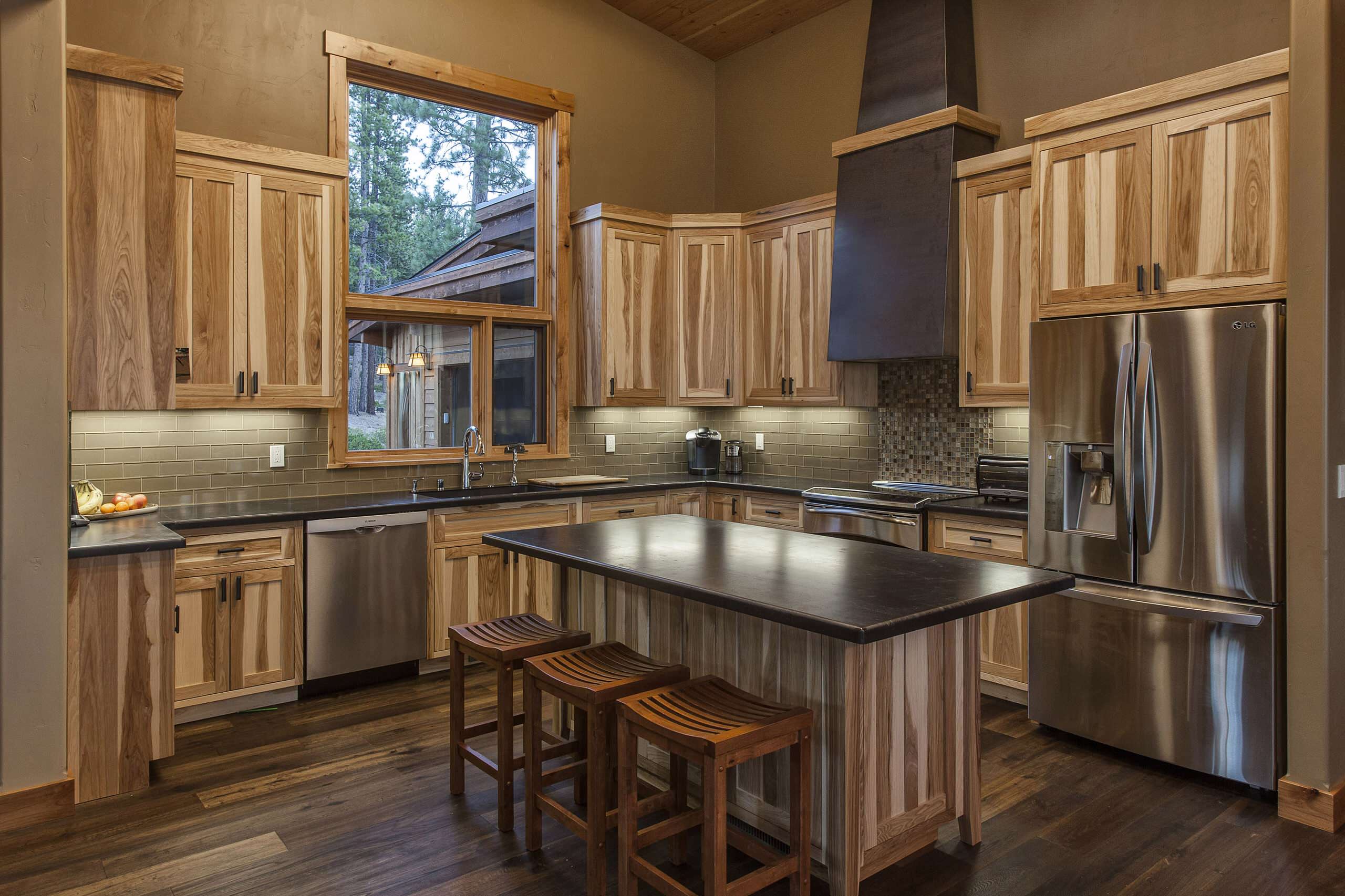
5. Oak
You’re likely attracted to the uniquely coarse texture that is characteristic of Oak. Either that or you like the durability consistent in both the white and more common red varieties.
Variations in grain patterns and color, knots and pinholes are natural traits that give Oak its identity. It’s grain patterns are wide and open and it’s color varies between tan to red to brown. You may even find mineral streaks of green, yellow or black dispersed throughout the wood. Such characteristics have greater prominence in the natural or light stain finishes.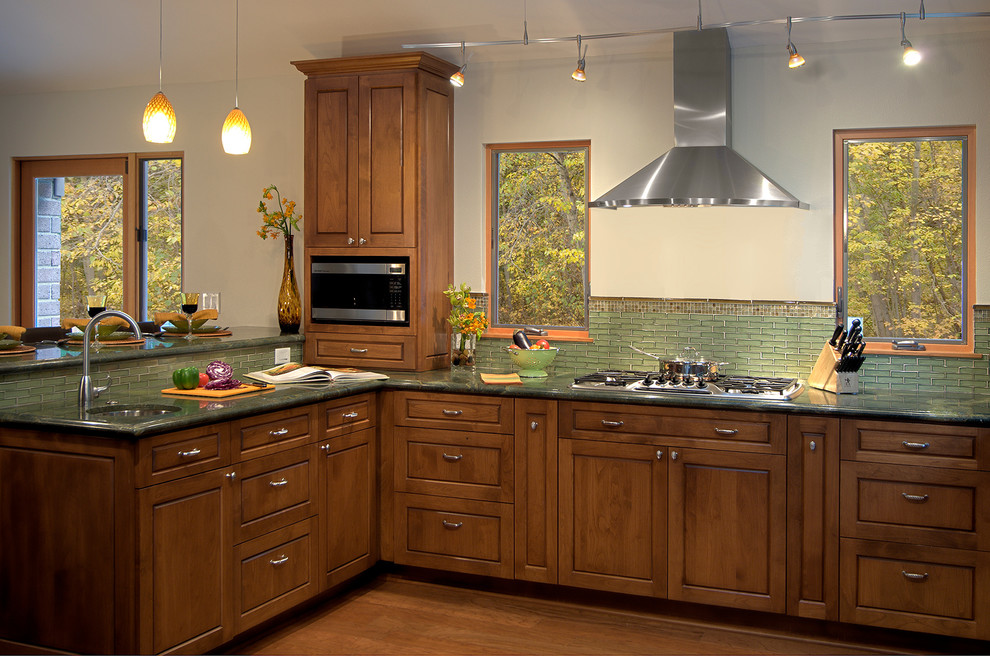
6. Maple
It’s the smooth appearance and overall warmth that you appreciate about Maple. It’s an affordable alternative to cherry or walnut as it can be made to resemble them. You can decide to have a greater impact by applying paint or glaze instead of leaving the wood grain alone.
With its smooth and tight grain pattern and evenly sized pores, Maple is quite durable. Generally light colored, from off white to light brown, the wood has a natural resin that works to transform to an amber color over time. It’s a process that is accelerated with exposure to sunlight. Small light tan or dark mineral streaks may even occur. It’s a beautiful material.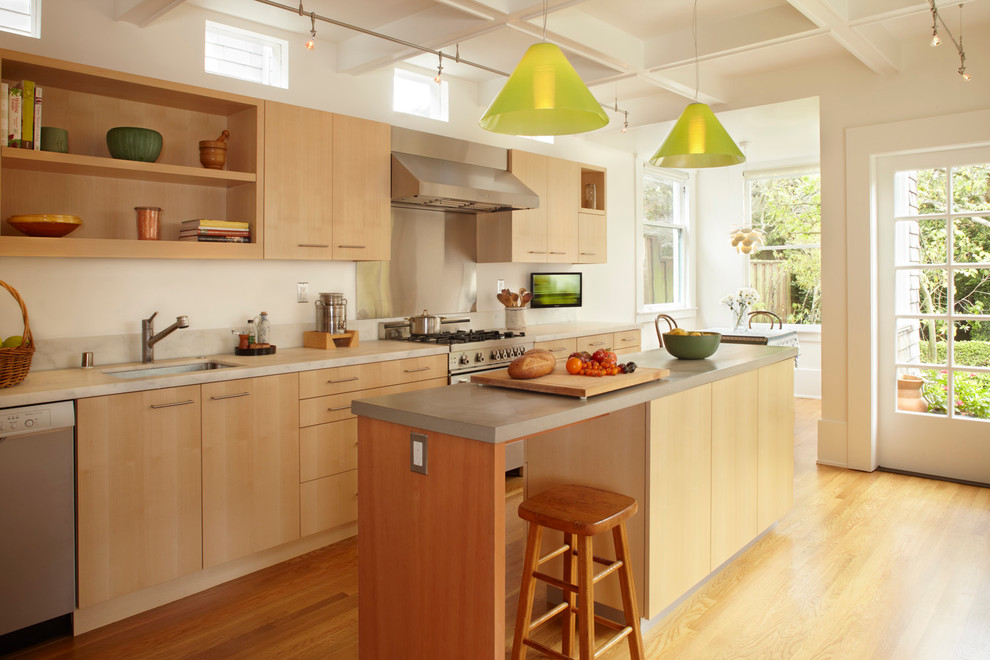
Hopefully this leaves you with a better knowledge of your cabinet material options.

